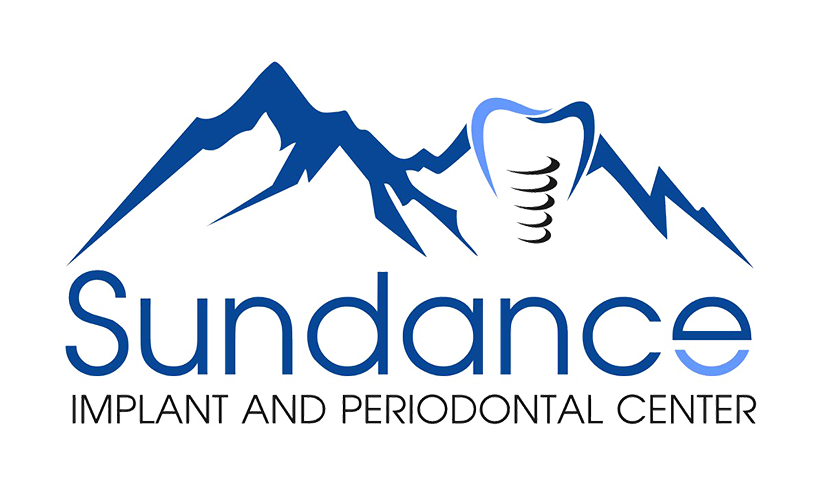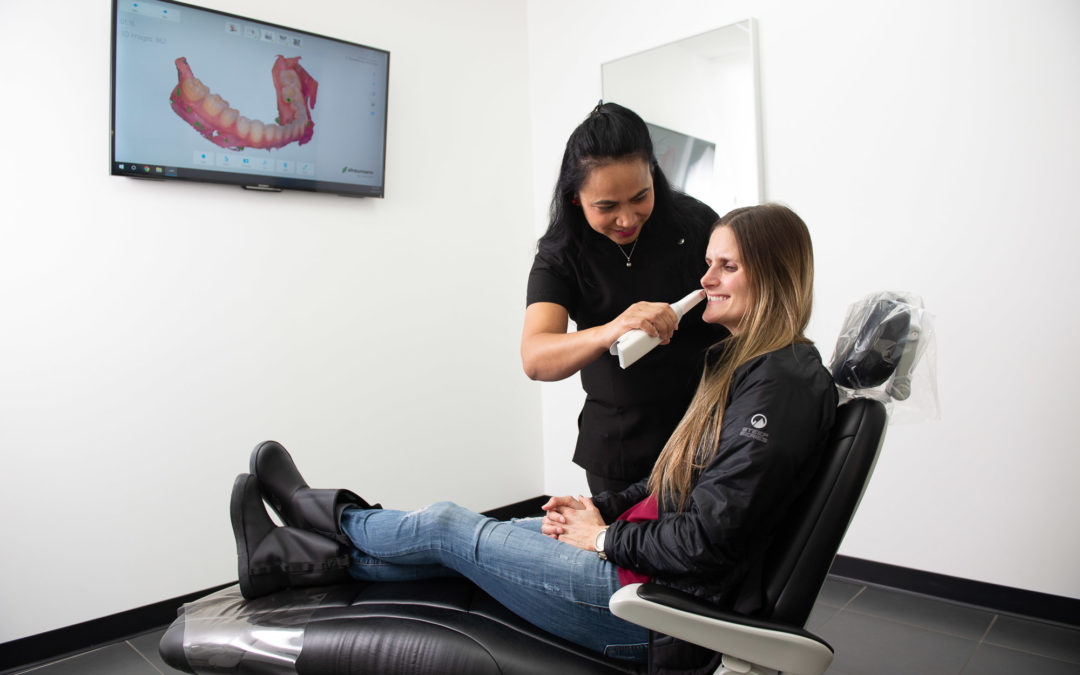Periodontal disease is an infection that affects the supporting tissues and bone that hold your teeth in place. Without treatment, periodontal disease can cause the teeth to loosen and eventually lead to tooth loss.
Commonly called gum disease, the condition generally affects adults in their 30s and 40s and is usually the result of poor oral health, smoking, genetic susceptibility, certain types of medications, or chronic illnesses like diabetes.
While periodontal disease is prevalent, it is preventable. Brushing your teeth at least twice daily, flossing daily, and getting regular dental checkups to reduce your chances of developing the disease. Where there has been a diagnosis, these basic hygiene practices significantly improve your chances of successful treatment.
Here are some types of periodontal disease:
Gingivitis
Gingivitis is the least serious type of periodontal disease. It results in red, swollen gums that bleed easily. Usually, there is little to no discomfort at this stage, and the condition can be reversed with professional treatment and good oral care at home.
Aggressive periodontitis
Aggressive periodontitis occurs in patients who are otherwise clinically healthy. Among its common features are rapid attachment loss, bone destruction, and familial aggregation.
Chronic periodontitis
Chronic periodontitis is regarded as the most common form of the disease. It is prevalent in adults but can occur at any age. Chronic periodontitis causes progressive attachment, bone loss, and inflammation within the supporting tissues of the teeth.
Necrotizing periodontal diseases
Necrotizing periodontal diseases are infections characterized by necrosis of gingival tissues, periodontal ligament, and alveolar bone. The lesions are most commonly seen in persons with systemic conditions such as HIV infection, malnutrition, and immunosuppression.
How laser technology can treat periodontal disease
Lasers are focused light beams that alter or remove tissues in small amounts. A laser periodontal therapy treatment is a tissue-preserving, regenerative and bone-building procedure undertaken by dentists to remove overgrown tissues, whiten teeth, or reshape the gums. There are many benefits associated with laser technology for gum disease treatment.
1. Limits bleeding
With periodontal laser therapy, bleeding, pain, and swelling are reduced because the procedure is less invasive than a regular surgical operation. For gingivitis patients who suffer from severe gum bleeding and bone loss, it is critical to remove bacteria from the teeth and gingival pockets. Periodontal laser therapy both removes and destroys bacteria. This helps in the reduction of bleeding and swelling of gums. It may even eliminate the need for further gum disease treatment or surgery.
2. Uniquely designed treatment for patients
The wavelengths and power levels of the laser beam can be adjusted to give dentists ultimate control over the procedure. This allows them to provide a uniquely designed dental treatment for individual patients and their long-term needs.
3. Shorter healing time
Compared with traditional surgical operations, healing time after periodontal laser therapy treatment is drastically shorter. This is because the procedure causes very little trauma to the gum, tooth, and surrounding areas. As a result, laser-treated patients will recover much quicker.
4. Minimally invasive
There is little or no need for anesthesia, as lasers are less invasive and eliminate the need for drilling. As a result, there is less pain and discomfort for patients, and so they are more relaxed during treatment.
5. Preserves healthy parts of the teeth
Periodontal laser therapy treatments are precise and preserve the healthy parts of the teeth while removing cavities. In other words, lasers can accurately target diseased areas. This is important for patients afflicted with severe bacterial infections, as preserving any healthy teeth will help ensure better outcomes.
Post-therapy dental care
Maintaining good oral hygiene after any periodontal therapy is critical to avoid a recurrence of the inflammation. You should brush your teeth daily and rinse regularly with an antimicrobial product that offers prescription-strength healing for irritated gums. Avoid smoking to reduce the risk of future infections, and follow the instructions of your dental specialist.
Need treatment for gum disease?
If you need treatment for gum disease in Provo, contact Sundance Implant and Periodontal Center. At Sundance Implant and Periodontal Center, you will have an unmatched patient experience in a comfortable environment with service by highly trained and expert dental professionals. Contact us today to schedule an appointment or to learn more about our services.


